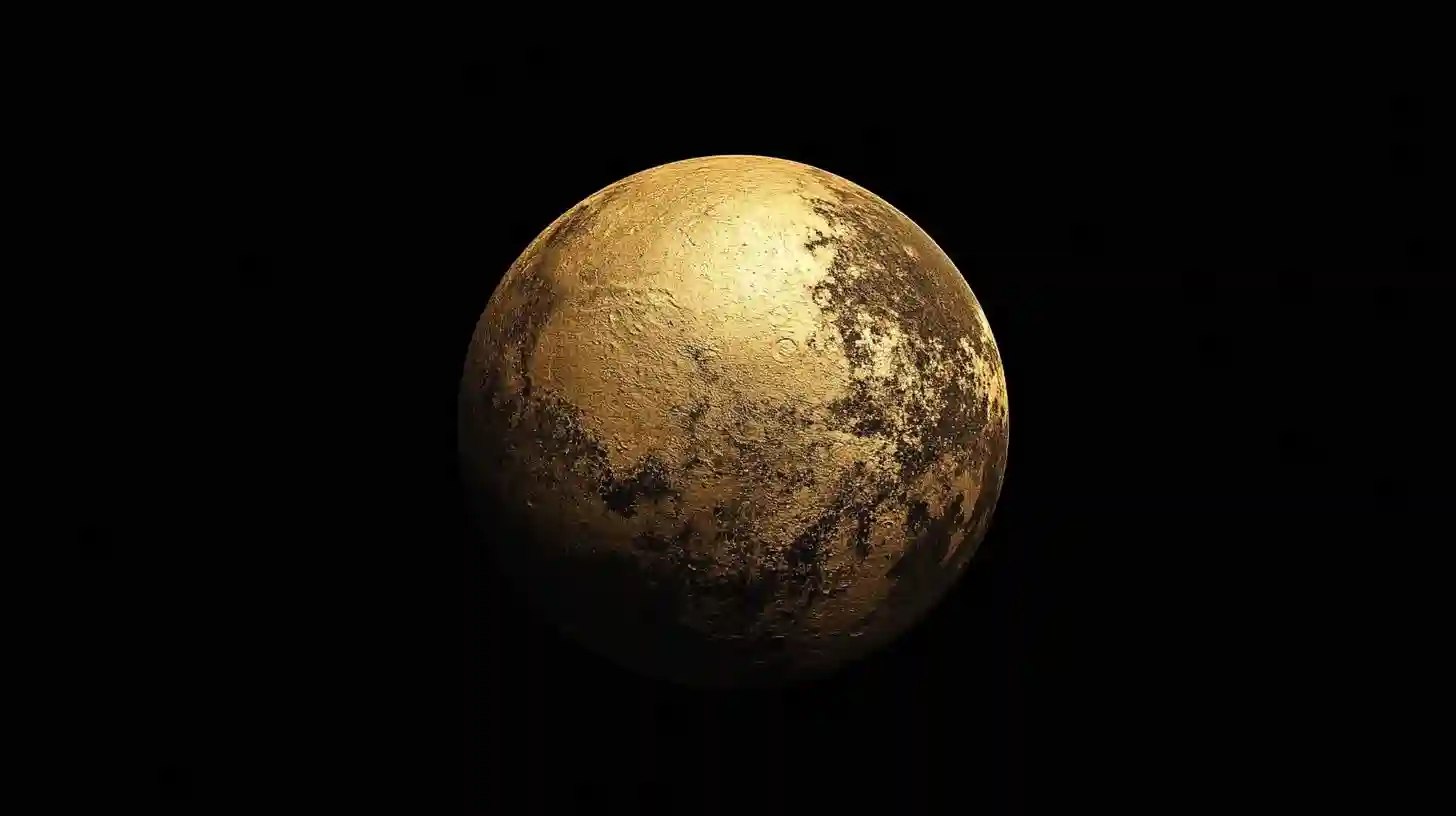
Pluto has captivated the imagination of astronomers and the public alike since its discovery in nineteen thirty. Initially classified as the ninth planet of our solar system, Pluto was later reclassified as a dwarf planet in two thousand six by the International Astronomical Union. Despite its demotion, Pluto remains an object of fascination and study, and its unique characteristics continue to unfold, revealing secrets about the origins and dynamics of our solar system.
One of the most intriguing aspects of Pluto is its complex atmosphere, which is primarily composed of nitrogen, methane, and carbon monoxide. Observations indicate that this atmosphere undergoes significant changes as Pluto orbits the Sun, expanding and contracting based on its distance from the Sun. When Pluto is closest to the Sun, its surface ice sublimates, releasing gases that thicken its atmosphere. As Pluto moves further away, the atmosphere cools and freezes, causing gases to fall back to the surface. This cyclical process provides insights into the interplay between celestial bodies and their environments, demonstrating how distant worlds can exhibit dynamic behaviors akin to those observed on Earth.
The surface of Pluto is another point of interest for researchers. Data obtained from NASA's New Horizons mission, which flew by Pluto in July of two thousand fifteen, revealed a diverse landscape that includes plains, mountains, icebergs, and possible cryovolcanoes. The heart-shaped region known as Sputnik Planitia captivates scientists with its smooth, icy plains composed mostly of nitrogen ice, exhibiting large-scale geological activity that may even suggest that Pluto remains geologically active. The variations in color and composition observed across the surface also indicate a complex history involving geological processes and the influence of external factors, like impact events.
Pluto's moons, particularly Charon, add another layer of intrigue to this dwarf planet. Charon, which is half the size of Pluto, is unique among other moon-satellite systems in our solar system because of the close size ratio between the two bodies. This gravitational balance creates a binary system, with both Pluto and Charon orbiting a shared center of mass located outside of Pluto. The interaction between Pluto and Charon can help scientists understand tidal forces and their effects on geological activity as well as the history of Pluto itself. Observations of Charon’s surface reveal deep canyons and polar caps, suggesting a complex geological history influenced by interactions with Pluto and perhaps past geological processes.
Even more curious are the other small moons of Pluto, such as Nix and Hydra. Discoveries about these moons hint at a dynamic origin story connected to the early solar system. The orbits of these smaller moons are irregular, and their sizes are relatively diminutive, which poses questions about their formation and evolution. Studying the interactions between Pluto and its moons helps astronomers piece together the history of not just Pluto but also the early conditions of the Kuiper Belt, the region beyond Neptune filled with icy bodies.
Pluto's location in the Kuiper Belt plays a critical role in our understanding of the solar system’s development. As a remnant of the early solar system, Pluto holds clues about the conditions that shaped the formation of planets and other celestial bodies. The Kuiper Belt itself is a treasure trove of information, containing countless icy bodies that date back billions of years. Exploring this region alongside Pluto furthers our expertise on planetary formation, providing a direct glimpse into the solar system's formative years.
Moreover, the study of Pluto prompts broader questions about our categorization of celestial bodies. The definition of what constitutes a planet has been a topic of vigorous debate sparked by Pluto's reclassification. This ongoing discussion encourages astronomers to think critically about how we understand our solar system and the diversity of its constituents. Future missions aimed at revisiting Pluto or exploring similar bodies in the Kuiper Belt will likely shed light on these discussions and foster deeper inquiries into what we classify as planets.
Pluto’s enigmatic nature, from its fluctuating atmosphere to its varied terrain and intriguing moons, continues to stimulate excitement among scientists and enthusiasts alike. Each discovery adds another chapter to the story of our solar system, inviting questions about mystery worlds that exist beyond our immediate perception. As research progresses, the secrets of Pluto may lead to a greater understanding of not just itself but also the intricate web of celestial mechanics that governs our cosmic neighborhood, opening up new avenues for exploration and analysis in the quest to uncover the mysteries of our universe.